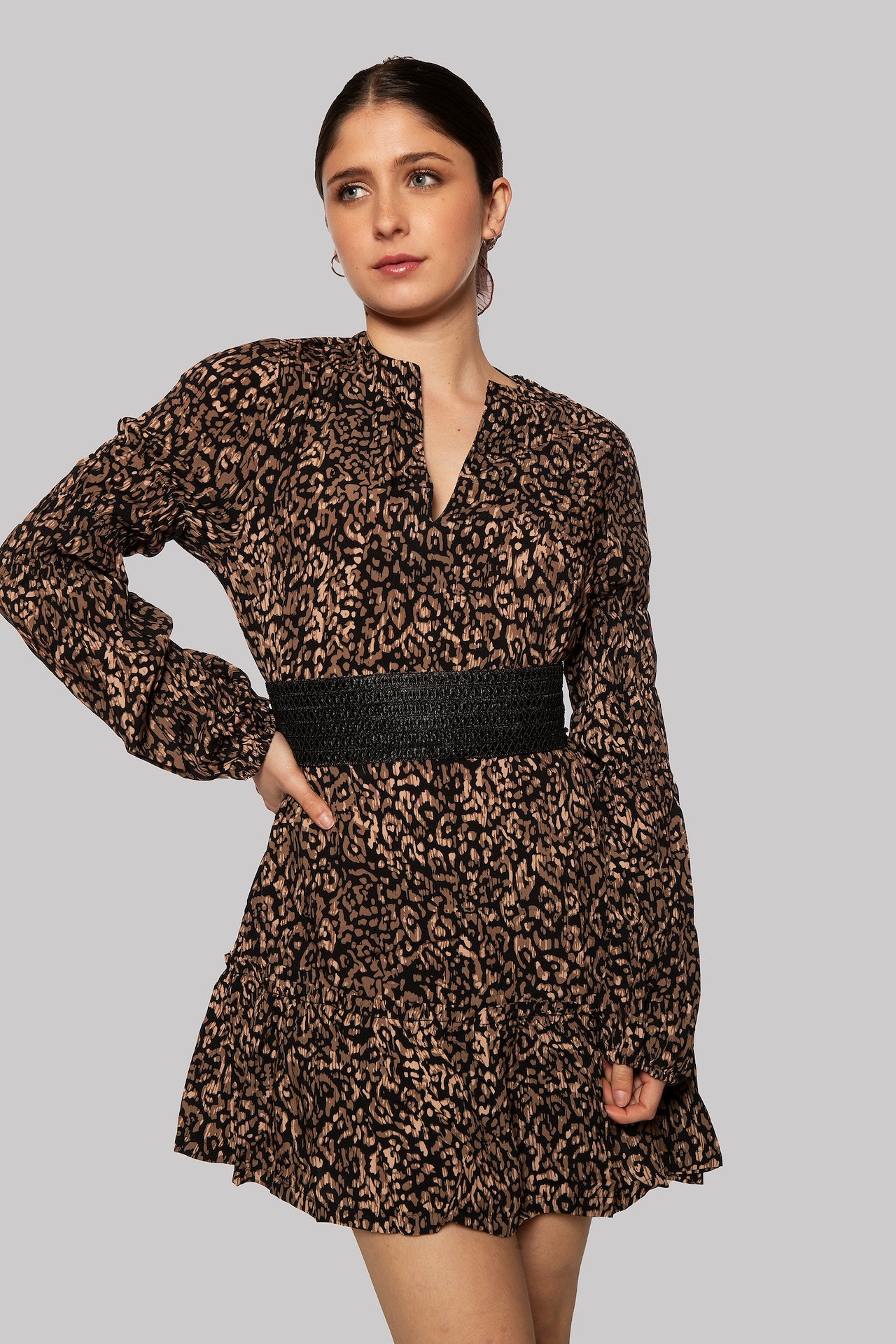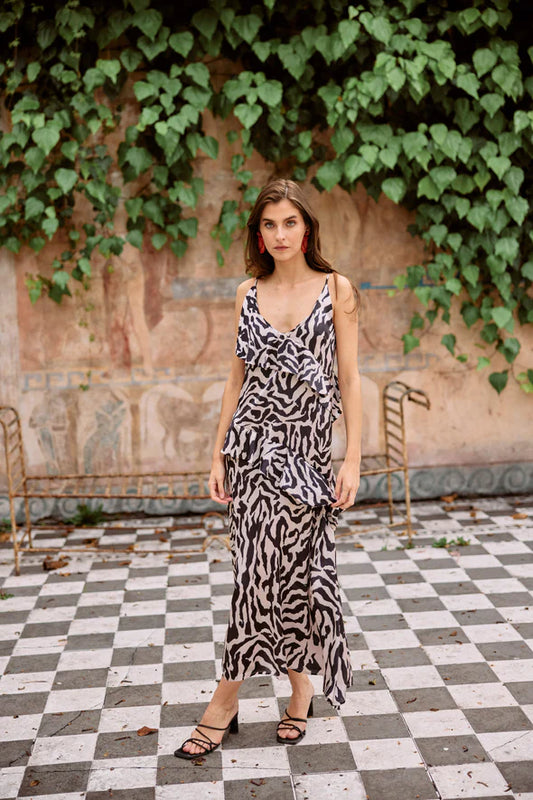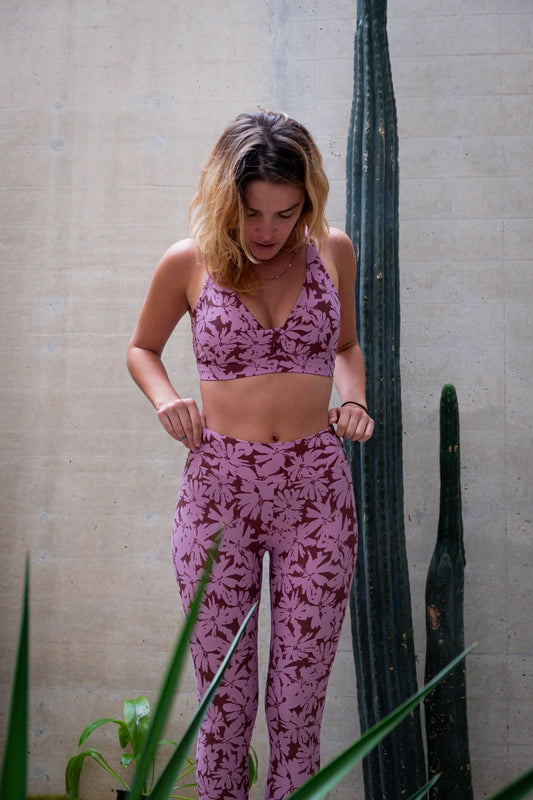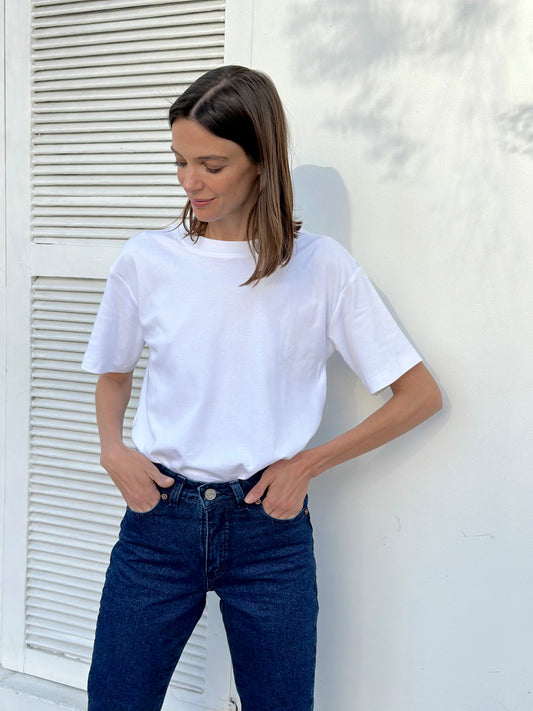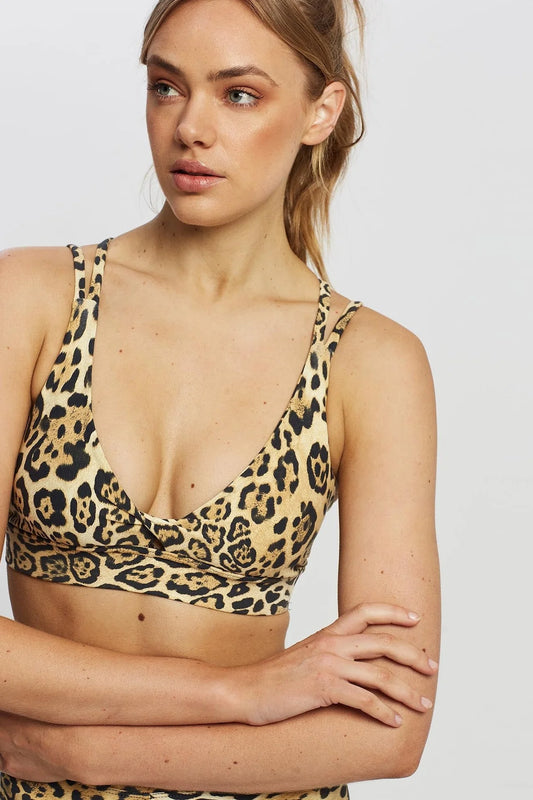The influence of Latin American designers on the global fashion landscape has been steadily growing, and as we move further into the 2020s, their impact on U.S. fashion trends is more palpable than ever. With a rich tapestry of cultures, histories, and traditions, Latin America's best designers bring fresh perspectives, innovative designs, and a deep-rooted sense of identity to the fashion world. Here's why these designers are poised to make a significant impact on U.S. fashion trends.
1. Unique Cultural Heritage
Latin America's diverse cultures offer a wealth of inspiration that can infuse U.S. fashion with new textures, colors, and silhouettes. From the vibrant patterns of indigenous textiles to the dynamic energy of its cities, Latin American designers draw from a unique cultural heritage to create fashion that tells a story. This authenticity resonates with consumers in the U.S., who are increasingly seeking pieces that reflect a genuine sense of identity and heritage.
2. Sustainability and Ethical Fashion
Sustainability is deeply embedded in many Latin American cultures, where respect for the environment is a way of life. Designers from the region often incorporate sustainable practices into their work, from using eco-friendly materials to adopting fair trade principles. As the demand for sustainable and ethically produced fashion grows in the U.S., Latin American designers are well-positioned to lead the way, offering consumers fashion choices that align with their values.
3. Innovative Design and Craftsmanship
Latin America is renowned for its craftsmanship, with generations-old techniques still in practice today. This commitment to craftsmanship, combined with a willingness to innovate, allows Latin American designers to create high-quality, distinctive pieces that stand out in the U.S. market. Whether it's through intricate hand-embroidery, innovative uses of traditional materials, or avant-garde design, these designers bring a level of detail and creativity that can elevate U.S. fashion trends.
4. Vibrant and Diverse Aesthetic
The aesthetic appeal of Latin American fashion is undeniable. With a palette that ranges from earthy tones inspired by the region's natural landscapes to the exuberant colors of its festivals and art, Latin American designers bring a refreshing diversity to the U.S. fashion scene. This vibrant aesthetic, capable of capturing the imagination of the American consumer, can infuse new life into the U.S. fashion industry, making it more colorful, dynamic, and diverse.
5. Global Perspective with Local Roots
Many Latin American designers have a global outlook, having studied or worked internationally, which allows them to blend global fashion trends with local influences seamlessly. This unique perspective is invaluable in the U.S., where consumers are looking for global trends that have been thoughtfully localized to reflect a more diverse and inclusive fashion narrative.
6. Emphasis on Storytelling
Fashion is not just about clothing; it's about telling stories. Latin American designers excel at weaving narratives into their collections, whether it's through the revival of ancient motifs or addressing contemporary issues through their work. This ability to connect on a deeper level with consumers through storytelling is a powerful tool that can influence U.S. fashion trends, making them more meaningful and connected to real-world narratives and experiences.
7. Adaptability and Resilience
Finally, the best designers from Latin America bring an inherent adaptability and resilience to their work, qualities that are highly valued in the fast-paced world of fashion. Their ability to navigate challenges, whether economic, social, or environmental, and still produce innovative, beautiful fashion is inspiring. This resilience translates into a dynamic, ever-evolving fashion presence in the U.S., capable of responding to shifts in the market and consumer preferences with agility and creativity.
As the U.S. fashion industry continues to evolve, the influence of Latin American designers is undeniable. Their unique blend of cultural richness, sustainable practices, innovative design, and compelling storytelling positions them to make a lasting impact on U.S. fashion trends, enriching the American fashion landscape with a diversity of ideas, styles, and perspectives.
